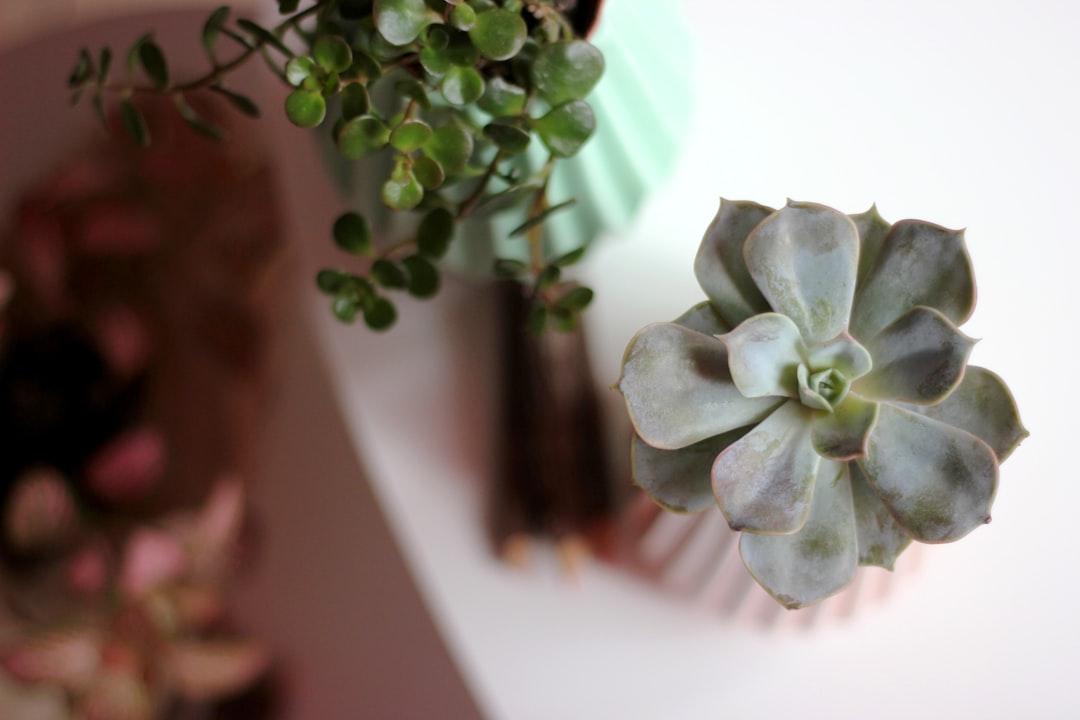One of the biggest challenges of growing succulents and cacti indoors is ensuring they receive enough light. These sun-loving plants thrive in bright, arid conditions, but without proper lighting, they can become stretched, weak, and pale. Whether you’re relying on natural sunlight or using grow lights as a supplement, understanding your plant’s light needs is key to keeping them healthy.
In this guide, we’ll explore the best lighting conditions for indoor succulents and cacti, how to recognize signs of insufficient light, and tips for using grow lights when natural sunlight isn’t enough.
Why Light is Essential for Succulents and Cacti
🌞 Mimics Their Natural Habitat – Most succulents and cacti originate from deserts and rocky landscapes where they receive at least 6 hours of bright sunlight daily. Indoors, they need similar conditions to thrive.
🌞 Prevents "Etiolation" – When succulents and cacti don’t get enough light, they stretch out in search of it, becoming tall, leggy, and weak—a process called etiolation. Once a plant stretches, it won’t return to its compact form.
🌞 Enhances Color and Growth – Many succulents develop vibrant reds, purples, and oranges under strong light. Without enough light, these colors fade, and the plant may remain dull green.
How Much Natural Light Do Indoor Succulents and Cacti Need?
☀️ Bright, Indirect Light (Low-Light Tolerant Succulents) – 4-6 hours daily
-
Some succulents, such as Haworthia, Gasteria, and Snake Plants, tolerate lower light conditions but still need bright, indirect light.
☀️ Bright, Direct Light (Most Succulents & Cacti) – 6+ hours daily
-
Echeveria, Aloe, Sedum, and Cacti thrive in direct sun near a south- or west-facing window.
☀️ Full Sun (Sun-Loving Succulents & Cacti) – 8+ hours daily
-
Some plants, like Agave, Opuntia (Prickly Pear), and Barrel Cactus, need as much sunlight as possible indoors. Without it, they struggle to maintain their compact shape.
Best Indoor Locations for Natural Light
🌞 South-Facing Windows – The best option for most succulents and cacti. They receive consistent, strong sunlight throughout the day.
🌞 West-Facing Windows – Receive intense afternoon sunlight. Great for sun-loving plants but may require some shading in extreme heat.
🌞 East-Facing Windows – Provide gentle morning light. Suitable for low-light succulents but not ideal for full-sun plants.
🌞 North-Facing Windows – Generally too dim for succulents and cacti. Plants in these locations may need grow lights.
Using Grow Lights for Indoor Succulents and Cacti
If your home doesn’t get enough natural light, grow lights are a great way to supplement and keep your plants thriving.
What to Look for in a Grow Light:
✅ Full-Spectrum LED – Mimics natural sunlight and provides the best wavelengths for photosynthesis.
✅ 5,000K-6,500K Color Temperature – A cool white or daylight spectrum promotes healthy growth.
✅ High Lumens (2,000+ per square foot) – Ensures the plant gets enough intensity.
✅ Timer Function – Allows you to automate 12-16 hours of daily light.
Best Grow Light Types for Succulents and Cacti:
💡 Clip-on or Desktop Grow Lights – Great for small collections near windows.
💡 LED Grow Light Bulbs – Can be placed in standard lamps for easy setup.
💡 Hanging or Panel Grow Lights – Best for large succulent arrangements or shelves.
How to Tell if Your Succulents and Cacti Need More Light
❌ Leggy or Stretched Growth (Etiolation) – If your plant is leaning or growing tall and thin, it’s not getting enough light.
❌ Pale or Faded Colors – Brightly colored succulents turn dull green in low light.
❌ Slow or Stunted Growth – Succulents that stop growing may need more light.
❌ Leaves Pointing or Tilting Toward Light – If your plant is reaching for a window, it needs to be moved closer.
Solution: Move your plant to a brighter window or use a grow light to supplement natural light.
Preventing Sunburn on Indoor Succulents and Cacti
While light is crucial, too much intense sunlight (especially sudden exposure) can burn your plants.
🔥 Signs of Sunburn:
-
Brown, crispy patches on leaves.
-
White, bleached-out spots.
-
Wrinkled or shriveled leaves.
How to Prevent Sunburn:
✅ Gradually introduce succulents to brighter light over a few weeks.
✅ Use sheer curtains to diffuse harsh afternoon sun.
✅ Keep plants slightly away from windows in summer if sunlight is too intense.
Final Thoughts
Providing the right amount of light is essential for keeping your succulents and cacti healthy indoors. If you don’t have a sunny window, supplementing with grow lights can prevent stretching and fading.
Quick Recap:
✅ Most succulents need 6+ hours of bright light daily.
✅ Place plants in south- or west-facing windows whenever possible.
✅ Use full-spectrum grow lights for plants in dim areas.
✅ Watch for signs of stretching, fading, or leaning—all indicators your plant needs more light.
Where do you keep your indoor succulents and cacti? Have you tried using grow lights? Share your tips in the comments!

Comments
No comments yet. Be the first to comment!
You must be logged in to comment. Login